Historic England welcomes demolition of 1960s building on site to make way for 76 new student bedrooms
Stanton Williams’ plans to redevelop a historic student accommodation site at Magdalen College, Oxford have been approved by the local council.
The scheme for the college will see the construction of six new buildings on the banks of the River Cherwell housing 76 student bedrooms and mixed-use space.
The early 1960s Waynflete building will be demolished and several extensions will be added to two grade II-listed buildings dating to the 18th and early 19th centuries.
The proposals had been opposed by the Oxfordshire Architectural and Historical Society due to the loss of the Waynflete Building, which the group described as “one of the few large remaining buildings of this period in Oxford, which is one of the best”.
However, Historic England, which raised no objection to the scheme, argued the existing building is of “limited significance and the design quality does not compare to the best in Oxford during this period or respond to the surrounding landscape sensitively”.
Describing the site as important because of its views across Magdalen Bridge towards the college, Historic England said it agreed with the decision to replace the Waynflete Building and backed a conservation area appraisal which found it detracted from the heritage value of the area.
“The proposed design has been thoroughly thought out and responds to the context and the tower element is particularly successful and will act as a local landmark but does not compete with historic towers,” the heritage advisor said.
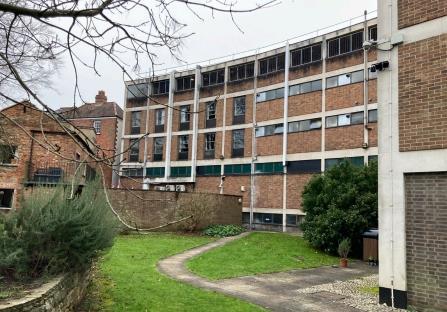
It added: “The development responds to the river and then steps down towards the listed buildings effectively.
“The treatment to the listed buildings themselves is also sensitive and the loss of the rear of the buildings would be outweighed by the benefit of fully bringing these buildings into the scheme.”
Magdalen College, founded in 1458, is one of Oxford University’s wealthiest and best performing academically.
But it considers the Waynflete site, which is currently home to first-year students, to be disconnected from the main college site located across the river on the other side of Magdalen Bridge.
The redevelopment will enable the first-year students to be relocated to the main site to allow them to better integrate into the college community with the new buildings to house second year students.
Gavin Henderson, principal director at Stanton Williams, said: “This is a project that will support the wellbeing and vitality of the collegiate community at Magdalen for many decades to come. The design expresses a confidence in the future which is grounded in the history and culture of the college and its unique setting on the banks of the River Cherwell.”
The new accommodation will be laid out in a series of cluster flats with large shared kitchens along with a handful of separate apartments for visiting fellows and subdeans.
The existing listed buildings on St Clements will be refurbished and extended to the rear to link them to the new blocks, which will be up to seven storeys in height.
A new riverside terrace will also be built, linking into a central quad garden, a landscaped courtyard and a smaller winter garden.
Ground floor space on St Clements will be reserved for retail use with the scheme also including a multipurpose room for exhibitions, recitals, conferences and gym classes.
The project team also includes heritage consultant Donald Insall Associates, structural and civil engineer Eckersley O’Callaghan, project manager Bidwells, cost consultant Gardiner & Theobald, planning consultant Carter Jonas and landscape architect Seed Landscape Design.
The scheme is a return to Oxford for Stanton Williams following the completion of the firm’s restoration of Rhodes House in 2023.
The £38m scheme at the historic grade II*-listed premises of the Rhodes Trust in the centre of the town included the creation of new offices, conference rooms and residential space set within newly landscaped gardens.


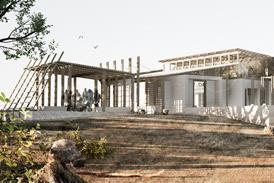






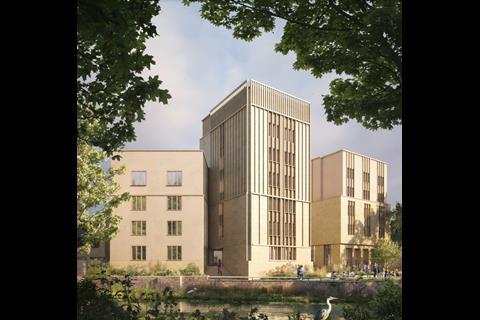
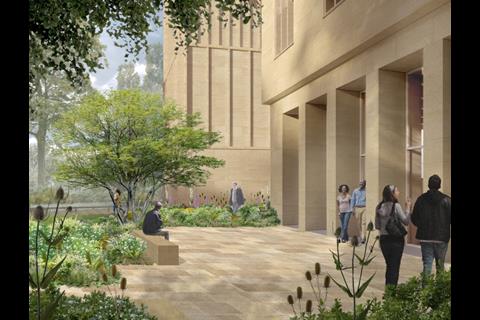
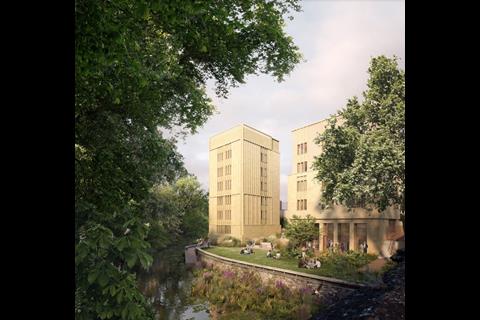
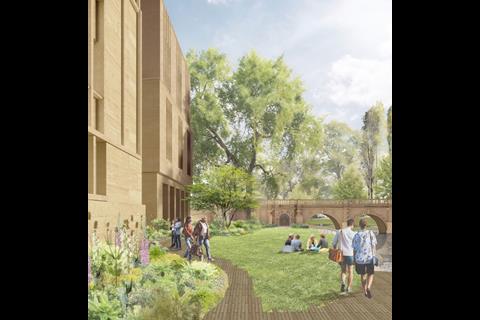
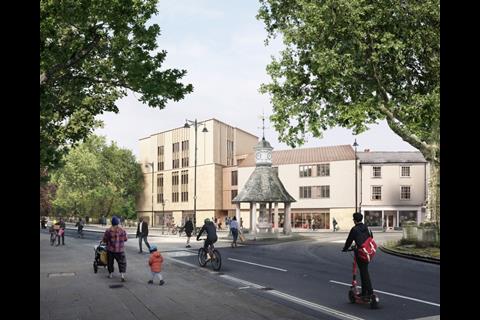
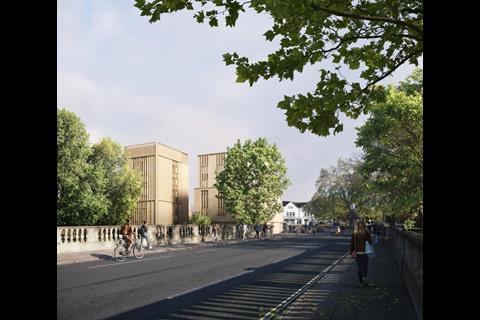







No comments yet